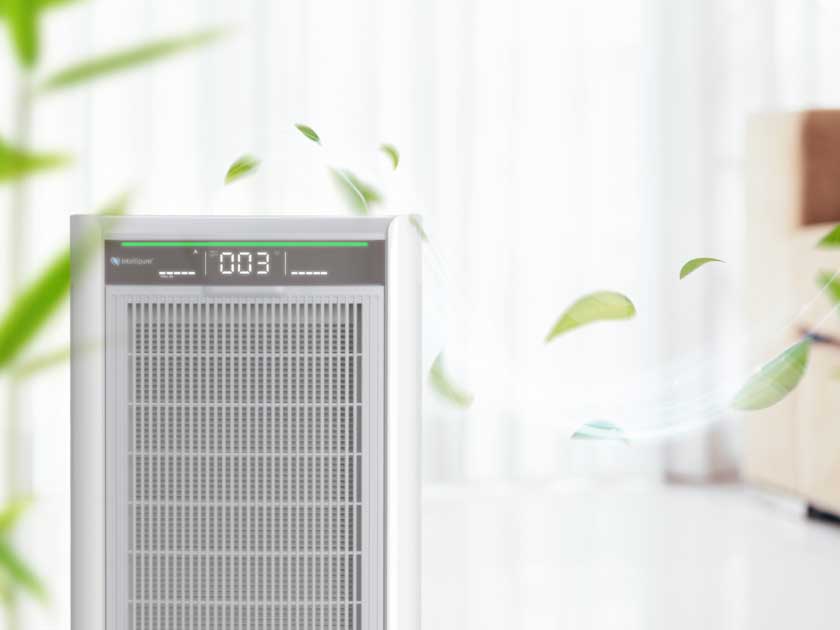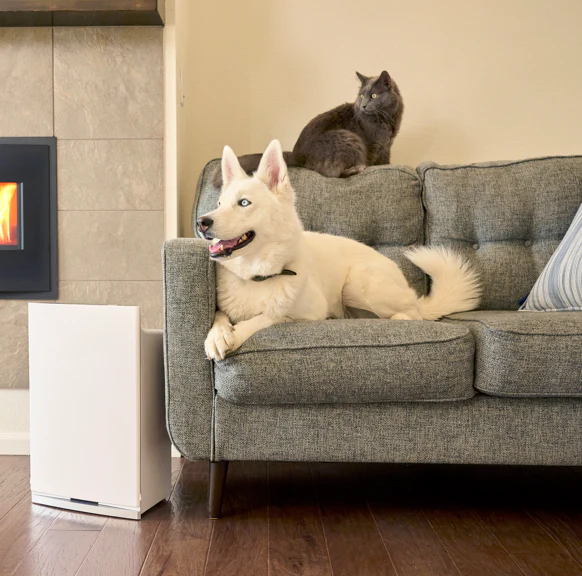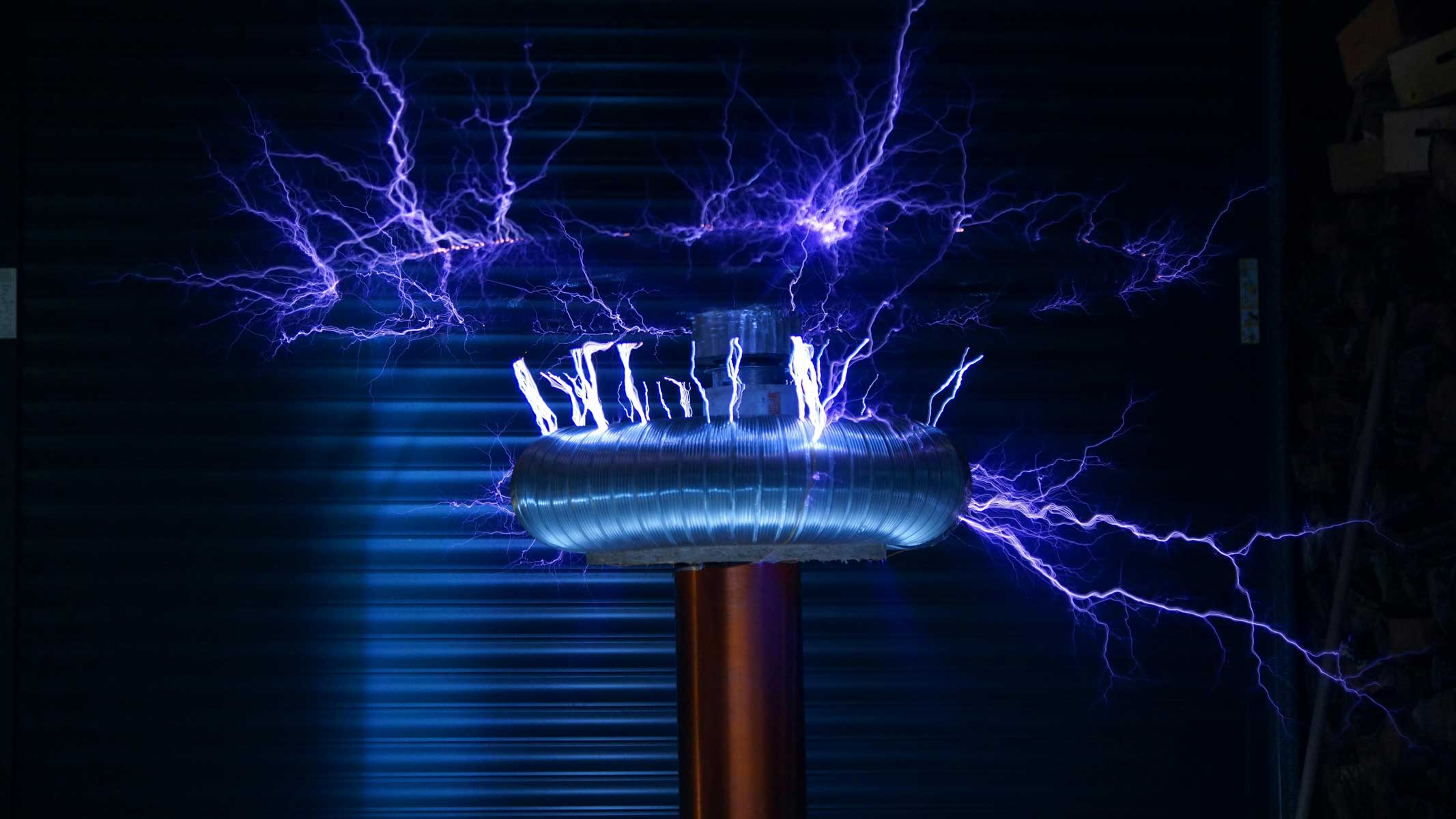
Summary
- Smart air purifiers allow remote control through apps or voice assistants, making it easy to adjust settings from anywhere.
- Some models include air quality monitoring, letting you track indoor pollution levels and trends over time.
- Scheduling features let you automate purifier run times for daily routines, bedtime, or high-activity periods.
- Real-time air quality alerts can notify your phone when indoor conditions reach unhealthy levels, prompting quick action.
- By optimizing run times and fan speeds, smart purifiers may help balance clean air with potential energy savings.
Are you shopping for an air purifier to add into your connected home system? Thinking about trying a smart air cleaner for respiratory health benefits? You probably already have a smart thermostat, smart speakers, smart television, or even a smart refrigerator. So when it comes to creating the best possible indoor air quality can you also be smart? Are there options out there that can leverage your smart home hub to support better respiratory health? Absolutely! Here are just a few benefits to using a smart air purifier in your modern home.

Remote Air Purifier Control
Imagine you are on vacation and a wildfire has sparked in an area near your home. Being able to adjust the settings on your air purifier from the road gives you a good head start on having clean air when you get home. Or if suddenly your kids invite everyone over for video game night you simply have to say “Alexa, turn up the air purifier” from the comfort of your favorite chair. Available settings for remote adjustment vary by app and manufacturer, so make sure to read your owner’s manual.
Remote Indoor Air Quality Monitoring
If your smart air purifier is also an air quality monitor then it may also be able to report back your current indoor air situation. Since outdoor air pollution eventually becomes indoor air pollution, keeping an eye on not only your local outdoor air quality but your own indoor air quality can help you be better prepared. You may even be able to track indoor air quality over time to find possible pollution sources.
Air Purifier Scheduling
You may prefer to have your air purifier run at specific times rather than constantly. Depending on the unit you can set run times for individual days or times. You could increase fan speed before everyone gets home, or switch to night mode when everyone goes to bed. When coupled with smart home automation like Amazon Alexa or Google Assistant the possibilities are endless. Read your user manual for any specific Alexa compatible air purifier benefits or Google Assistant air purifier automation features.

Indoor Air Quality Alerts
If your air purifier includes an air quality monitor it can give you real-time insight into the pollution levels inside your home. Having air quality alerts to phone connectivity lets you know if indoor air quality hits an unhealthy level. Then it is easy to ramp up the air purifier fan speed to compensate. Depending on the unit it may even send air quality warnings directly to your phone.
Potential Energy Savings
Portable air purifiers are already designed to be as efficient as possible even when running constantly. But further smart air purifier energy savings could be found by tailing air purifier run times and fan speeds. It would take time to find the right balance between indoor air quality and energy usage, but by only running the unit when necessary at the lowest necessary speed it may be possible to shave a few kilowatt hours off the electric bill.
Conclusion
You already know the importance of clean air when it comes to the health of yourself and your loved ones. Choosing a smart air purifier for your home opens a world of options for your personalized indoor air quality control. You can simply “set it and forget it” or adjust your air cleaning settings to your exact preferences.

 DIY Home Odor Elimination That Actually Works
DIY Home Odor Elimination That Actually Works
 Can Air Purifiers & Humidifiers Coexist?
Can Air Purifiers & Humidifiers Coexist?


_(1).jpeg)

